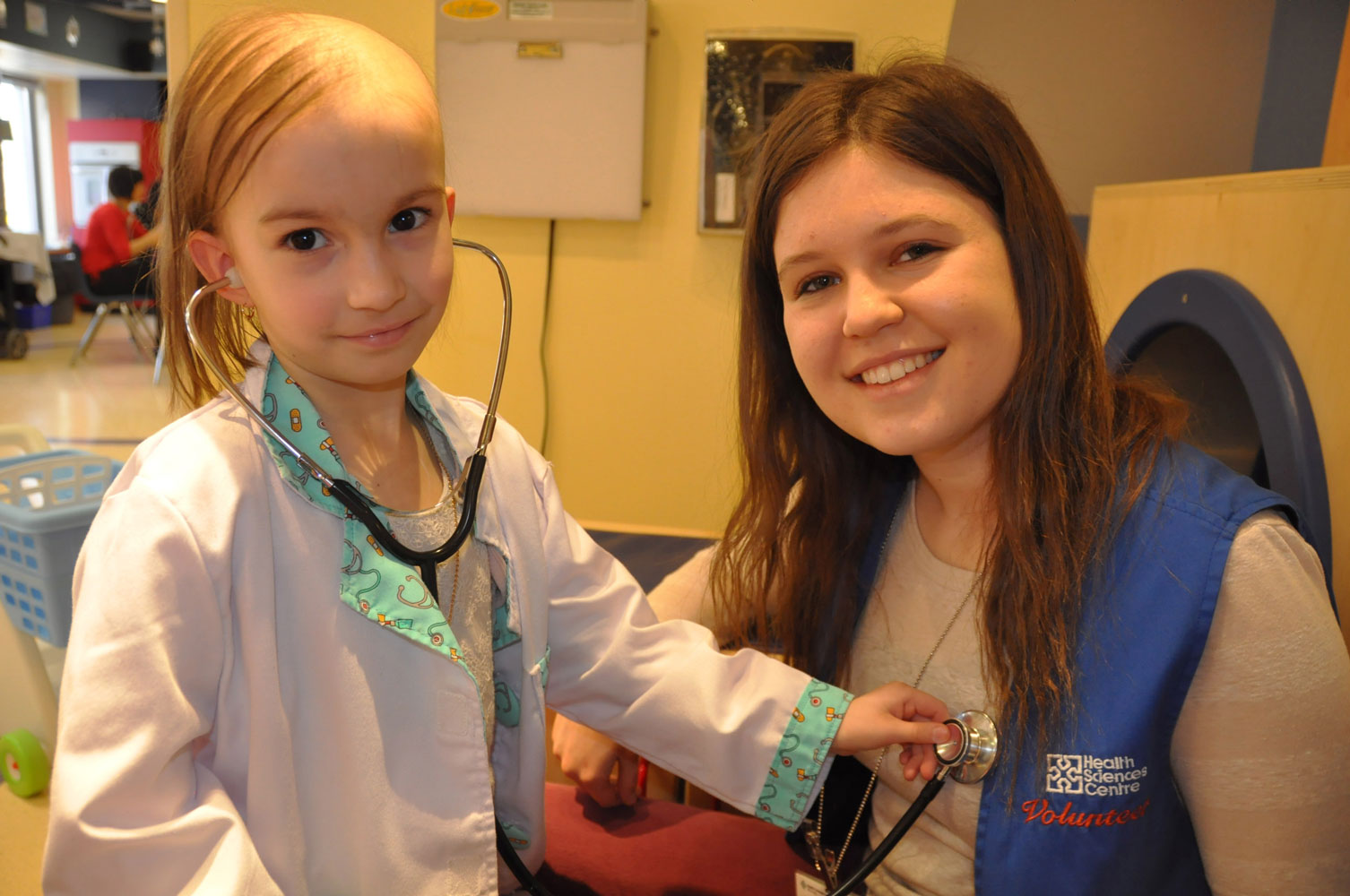Researchers in the field of regenerative medicine at the University of Manitoba will soon be able to conduct their work in a new facility, following significant investments from the federal government.
The regenerative medicine program at the U of M is at the forefront of regenerative research in Canada. The research seeks to investigate the potentiality for living tissue to be used to repair or replace lost tissue or organ functions, which could lead to new treatments for patients.
Gary Goodyear, federal minister of state for science and technology, who toured the lab on Feb. 18, told the Manitoban that he was “thrilled” to see the new lab and found it very impressive. He said he thought that, along with providing opportunities for students and increasing the potential jobs for the future, the new technology will ultimately benefit Canadians.
“This is an opportunity for us as a federal government to invest in areas of regenerative medicine where we can become the leaders in growing human tissue for Canadians and others who suffer from either tissue damage or genetic congenital defects,” said Goodyear.
“It takes advantage of the collaboration of many scientists in the same laboratory; [ . . . ] it’s bringing together some incredible minds that will do great things for the country.”
Dr. Geoff Hicks, director of the regenerative medicine program at the U of M, said that this new field is extremely exciting as it compliments the standards of healthcare in Manitoba while providing opportunities for growth.
“It is expected to be a major discipline in the future; [ . . . ] we want to make sure that we have this program and expertise in Manitoba when these treatments become more common in our hospitals,” said Hicks.
Hicks said he hopes the program at the U of M will one day be one of Canada’s major stem cell regenerative medicine centres.
According to Hicks, the lab will provide the perfect environment for a more innovative and comprehensive training experience.
“They are all modern labs designed for the kind of research we do — they are designed to create a fertile and productive workspace,” he said.
The regenerative lab is receiving $2.5 million in funding, while renovations on the university’s Neil John Maclean Health Sciences Library will cost about $1.4 million. The federal government has supported seven renovation projects in total at the University of Manitoba.
The library renovations will witness new meeting spaces for research, a refurbished study space, new computer labs and an enhanced Aboriginal health studies section.
Hicks said the ethical concern regarding stem cells and the nature of the research is a question the faculty takes seriously. However, he noted that the research does not involve the derivation of human embryonic stem cells, which is usually the major ethical concern.
“Most of the research that we are doing is cell-based therapies and almost entirely from adult stem cells from which the ethical concerns are not as large,” he said.
Hicks noted that any research involving human embryonic stem cells must undergo special ethical regulation approval through the Stem Cell Oversight Committee of Canada before receiving funding.
Eyal Kraut, a first-year medical student at the U of M, said that while the centre won’t have an effect on medical students any time soon, he recognizes the value in increasing the range of research pursued in the faculty.
“In the long term it could give us some more opportunities for research, in the summer or in electives, which could also expand the breadth of our education,” he said, pointing out that considering regenerative medicine “is something new and innovative, it might be something that would stand out on a resume.”




